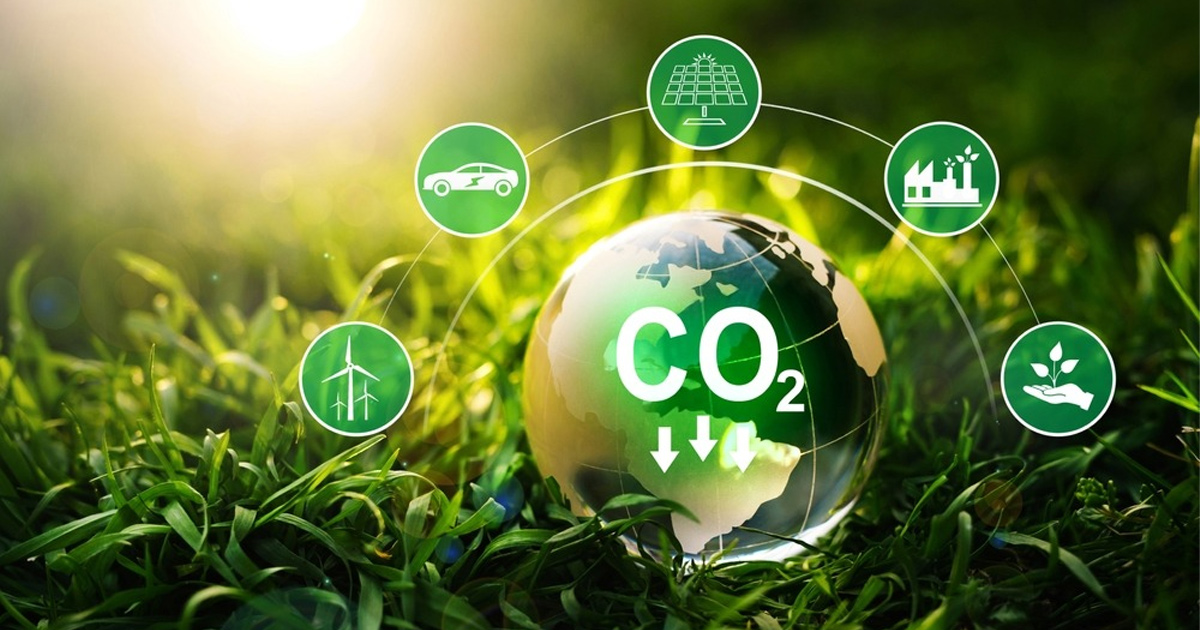
Keywords: Solutions; Sustainable Development; Green University; Green Consumption; Businesses; Social Responsibility; Vietnam; Asia
In 2024, research projects at the Living Lab UEH Green Campus have demonstrated unwavering creativity by introducing a series of breakthrough solutions aimed at building a green, clean, beautiful, and sustainable UEH University. The fact that, the students at UEH, with 20 research papers focusing on sustainable development, proposed over 47 innovative solutions embodies how UEH implements the direction of "empowering learners to act sustainably" in managing and operating UEH sustainable university strategy.
From these research papers, UEH students have presented a diverse picture of environmental protection solutions. The solutions range from optimizing operational processes to minimizing energy consumption, to constructing circular economy models, and raising community awareness regarding waste sorting, in which, each solution contributes to the goal of developing a green university within the UEH Green Campus.
Below are the solutions derived from 20 research papers across 6 themes of the Living Lab UEH Green Campus:

Subject: Behavior Change |
||||||
Training |
Encouraging small actions of students: Reducing the use of nylon bags, bringing personal water bottles, and using food containers instead of plastic bags to minimize plastic waste and to spread the message of environmental protection. Training and education: Integrating knowledge regarding the environmental protection into the curriculum through subjects on the environment, green economy, life skills, and organizing workshops and practical sessions on sustainable consumption and waste sorting. Building a green community: Implementing green stations and models for waste management using 3R and 7R principles while organizing workshops and scientific research competitions on the environment for students to develop creative skills and sustainable solutions. Implementing the UEH Zero Waste Campus model: Integrating courses and practical projects on waste management, recycling, and the circular economy so that students can apply environmental protection solutions in real life. Extracurricular and practical activities: Organizing visits to nature reserves, community projects, and specialized classes on the circular economy to enhance students' awareness and responsibility towards the environment.
|
|||||
Research |
Research on electric vehicles: Conducting research on the impact of electric vehicles on air pollution, reduction of CO2 emissions, and noise pollution in large cities such as Ho Chi Minh City in order to provide a scientific basis for the development policy of electric vehicles in Vietnam. Consumer behavior research: Analyzing the factors influencing consumer awareness and behavior in using fabric bags is to propose educational strategies and policies to encourage the use of environmentally friendly bags, listed as implementing an environmental fee on plastic bags. Encouraging student research: Creatinge opportunities for students to participate in research topics related to the environment, like the Zero Waste Campus model or circular economy, with financial, technical support, and professional guidance from the school, helping develop innovative and practical solutions.
|
|||||
Governance |
Waste classification: Regulate waste classification at the household level into three groups: organic waste, recyclable waste, and residual waste with the purpose of utilizing recyclable waste, protecting the environment, and raising community awareness regarding environmental protection. Encouraging the use of fabric bags: Implement policies like charging environmental fees on plastic bags and supporting businesses producing fabric bags, collaborating with retailers and recycling units so as to minimize the use of plastic bags while enhancing communication concerning the benefits of fabric bags. Managing green initiatives at UEH: Establish monitoring mechanisms and improve the quality of environmental protection programs on campus, optimizing resources and enhancing student participation in environmental initiatives. Sustainable development in management: Apply the principles of sustainable development to optimize resources and to build a sustainable green ecosystem, including renovating environmentally friendly facilities and connecting with domestic and international organizations to develop green initiatives. Building green governance policies: Develop policies that encourage green actions, organize forums and seminars on the environment for students to exchange ideas while disseminating green principles in the management and activities of the school, ensuring long-term sustainability.
|
|||||
Operations |
Green tourism program: Implementing trips to sustainable tourist destinations and participating in environmental protection activities, raising awareness and educating students sustainable tourism. Environmental protection movement: Launching initiatives listed as recycling competitions, waste sorting at source, and applying the 3R method (Reduce - Reuse - Recycle) to encourage students to engage in environmental protection activities. Green digital platform: Utilizing digital platforms to enhance user experience, to support the purchase of organic products, and to promote green consumption habits through user-friendly and convenient online systems. Organic cosmetics businesses: Improving the production processes of organic cosmetics companies by applying environmentally friendly technologies and stringent quality control while developing safe products that meet market demands without negatively impacting the environment. Environmentally friendly operating model: Providing fabric bags instead of plastic bags in stores and public areas, establishing waste collection and plastic waste management systems in urban areas, and implementing plastic bag reduction programs at retail points. Sustainable operating solutions: Applying solutions such as installing solar energy systems, deploying modern waste treatment technologies, and using digital tools to support green activities, creating a friendly learning and working environment for students.
|
|||||
Community |
Community education program on electric vehicles: Organizing workshops, communication campaigns, and outdoor events to raise awareness related to the benefits of electric vehicles for the environment, reducing air pollution, and saving fuel costs, especially targeting Generation Z through social media channels and speaking engagements. Environmental protection volunteer activities: Organizing volunteer activities follows: cleaning up waste at tourist sites, participating in nature conservation campaigns, and educating the community about green tourism, allowing students to directly engage in environmental protection actions. Combatting plastic waste: Conducting communication activities regarding the harm of single-use plastics, including workshops, posters, and online campaigns, to raise awareness among students and faculty about reducing plastic waste. Community movement towards green consumption: Launching movements listed as "Plastic Bag Free Day," "Green Consumption Month," and "Use Recycled Products" campaigns to encourage students and faculty to change their consumption habits, alongside organizing activities like waste collection, sorting, and tree planting on campus. Raising awareness about organic cosmetics: Organizing campaigns to raise awareness of the benefits and the risks of using organic cosmetics, encouraging students and the community to use safe products that protect their health. Building a green community at UEH: Creating a learning and living environment with a strong commitment to environmental protection, with students playing a key role in spreading the message of environmental conservation and promoting green living behaviors not only within the UEH community but also in surrounding residential areas. UEH Zero Waste Campus model: Promoting students' sense of responsibility and participation in green activities, listed as advocacy, training, and implementing zero waste initiatives, to build a waste-free learning environment and to spread environmental awareness to the outside community. Organize awareness campaigns and volunteer activities: Build networks connecting students and the community to promote a green lifestyle, organize workshops and volunteer activities for environmental protection, spreading the values of environmental protection and sustainable development in the broader society. |
|||||

Subject: Changing Demands |
||||||
Governance |
Sustainable Strategic Management: Building management strategies with a commitment to sustainable development, including prioritizing the use of environmentally-friendly fashion products and enhancing collaboration with suppliers that meet sustainability standards. Concurrently, strengthening internal communication and publicly promoting campaigns to raise awareness concerning sustainable fashion to encourage community participation. Strictly managing the supply chain and certifying products that meet sustainability standards will help ensure transparency and enhance brand value. |
|||||
Operations |
Operating a Sustainable Fashion Model: Establishing sustainable operational models in the fashion industry, including implementing production processes and using environmentally-friendly materials, listed as recycled materials, optimizing energy in the production process, and minimizing negative environmental impacts. Additionally, adhering to high-quality standards and green operational processes will ensure long-term sustainability, maintaining the brand's reputation and responsibility towards the environment. |
|||||

Subject: Technology |
||||||
Governance |
Sustainable strategic management: Businesses need to develop comprehensive sustainable management strategies, ranging from the use of renewable energy to the construction of green facilities. This not only improves ESG (Environmental, Social, Governance) metrics but also enhances relationships with partners and customers both domestically and internationally, ensuring long-term sustainable development. |
|||||
Operations |
Sustainable operations through technology and information transparency: Applying technology to enhance information transparency and manage operational activities. Establishing a transparent information management platform, listed as sustainable auditing applications in the supply chain, helps raise awareness of sustainable development within the UEH community. Additionally, the reuse and the recycling initiatives at the university’s facilities and the adoption of efficient waste and energy management processes using smart technology will contribute to minimizing environmental impact. TOE Framework (Technology-Organization-Environment): The fact that businesses need to utilize the TOE framework to synchronize technology, organizational structure, and operational environment helps optimize workflows, improve productivity, and achieve sustainable development objectives without compromising job efficiency.
|
|||||
Community |
Encouraging scientific research on environmental protection: The community needs to promote scientific research projects on environmental protection and sustainable development that not only creates solutions for environmental preservation but also helps establish the university as an important research center, contributing to social and environmental issues. |
|||||
Subject: Communication and Education |
||||||
Training |
Green human resource training: Developing specialized training programs focused on sustainable development, green economy, and environmental technology. These programs help students not only gain a deep understanding of environmental issues but also equip them with necessary skills and knowledge to address global challenges listed as climate change and resource crises. Integrating soft skills into the training program: Incorporating soft skills like communication, teamwork, critical thinking, and problem-solving into the curriculum. Blending theory with practical experience, along with internships at businesses, helps students develop comprehensively. Career-oriented programs will also guide students in their career paths and develop the skills necessary for their future careers.
|
|||||
Operations |
Collaboration with businesses: Strengthening close cooperation with businesses to ensure that the training programs meet the actual needs of the market. This creates opportunities for students to access real working environments, enabling them to grasp the requirements and trends of their professions while establishing a connection between training and employment in the sustainable development sector. |
|||||
Subject: Carbon Credits |
||||||
Training |
The training program on green economy and clean energy: Develop specialized training programs in areas like the green economy, renewable technology, and clean energy. Students will be equipped with knowledge on how to develop a sustainable economy without harming the environment. Subjects may include energy efficiency, environmental management, and sustainable development policies. |
|||||
Research |
Analyzing the relationship between the economy and CO2 emissions: Focus on researching the relationship between economic indicators (GDP, FDI, accumulated capital, trade) and the levels of CO2 emissions. These studies will provide a scientific basis for developing policies that support sustainable development and strategies to reduce CO2 emissions. Analyzing the impact of environmental taxes and renewable energy: Research can be expanded to assess the specific impacts of environmental tax measures and renewable energy on greenhouse gas emissions in countries in the region. The scientific basis from these studies will help optimize environmental and renewable energy policies while evaluating the effectiveness of cooperative strategies and investments in renewable energy between countries, guiding the development of technology and sustainable policies.
|
|||||
Governance |
Establishing and implementing environmental taxes: Countries need to establish and to implement environmental taxes rigorously, with a transparent and effective legal framework to encourage businesses to comply and to invest in renewable energy technology. This helps reduce instances of "environmental tax evasion" and promotes the development of sustainable policies. Effective governance also includes international coordination in sharing experiences and technologies, building a sustainable energy network in the region. |
|||||
Operations |
Models of sustainable development practices in schools: Building practical models of sustainable development on campus, including the use of renewable energy, efficient waste treatment systems, and the application of green production standards in school projects not only helps minimize environmental impact but also provides students with the opportunity to learn and practice sustainable models. Encouraging the use of renewable energy in operations: Solutions for environmental control and encouraging the use of renewable energy can improve the operating efficiency of businesses. Investing in clean energy sources like wind, solar, and hydroelectric power helps reduce dependence on fossil fuels and optimize production and operational performance. Businesses can apply energy-saving technologies in their daily processes, transitioning to more environmentally friendly production and consumption models.
|
|||||
Subject: Others |
||||||
Training |
Investing in specialized education and raising community awareness: Investing in specialized education on sustainable development helps create a high-quality workforce capable of addressing environmental challenges. Concurrently, the fact that enhancing community awareness of the importance of environmental protection will promote green living behaviors and create a society with a consciousness to protect nature is the fundamental basis for sustainable development in the future. |
|||||
Research |
Comparing developed and developing countries in the APEC region: Comparative studies on the effectiveness of applying FDI policies, ICT, green finance, and financial development in developed and developing countries within the APEC region can provide crucial information. The results of the research will help identify differences and thus propose suitable solutions for each group of countries, supporting the development of sustainable policies and adjusting growth strategies. The impact of green finance and ICT on economic growth: Researching the impact of green finance and ICT on economic growth will help propose long-term policy solutions, contributing to building a strategy for sustainable economic development in the APEC region. These research outcomes may support the adjustment and improvement of policies to achieve a balance between economic development and environmental protection.
|
|||||
Governance |
Improving the legal system and green infrastructure: Building and improving the legal framework for environmental protection while encouraging investment in green infrastructure. Clear policies and modern infrastructure help optimize management processes and promote sustainable economic development. Establishing this solid foundation creates opportunities for the development of sustainable operational activities. Green financial solutions and a transparent legal framework: Establishing strict environmental regulations and green financial solutions aimed at encouraging countries to build sustainable legal frameworks. Financial incentives for clean energy and imposing environmental taxes on businesses help encourage changes in business operations, enhancing social responsibility and environmental protection. Monitoring the implementation of international commitments and strictly addressing violations contribute to improving development effectiveness. Improving governance capacity and financial stability: Enhancing the financial system and establishing a stabilization mechanism helps mitigate global economic risks. These solutions improve the resilience of the economy and protect regional stability. Close supervision of green financial resources ensures sustainable development while encouraging the development of ICT infrastructure and training in digital skills, enhancing management and governance capacity in the APEC region. Corporate policy: Supportive financial policies, like tax reductions for environmentally protective businesses, will encourage the transition to sustainable models.
|
|||||
Operations |
Adopting green technology and business models: Implementing advanced technologies and green business models, including the use of renewable energy and waste reduction. Improving environmental management systems and using renewable energy: Solutions to enhance environmental management systems in Asian countries through establishing strict regulations and investing in waste treatment infrastructure. Simultaneously, encouraging the transition to the use of renewable energy listed as wind, solar, and hydropower to build an effective operational model, to reduce pollution and to protect natural resources.
|
|||||
Through the above dedicated scientific researches, UEH students have demonstrated that young people can make a positive contribution to solving environmental issues. These innovative solutions are not only theoretically significant but can also be practically applied, helping to build a sustainable university. This is a clear testament to the connection between theory and practice in the educational process at UEH.
News and photos: Authors, UEH Youth Union - Student Association, Department of Communications and Partnerships.







